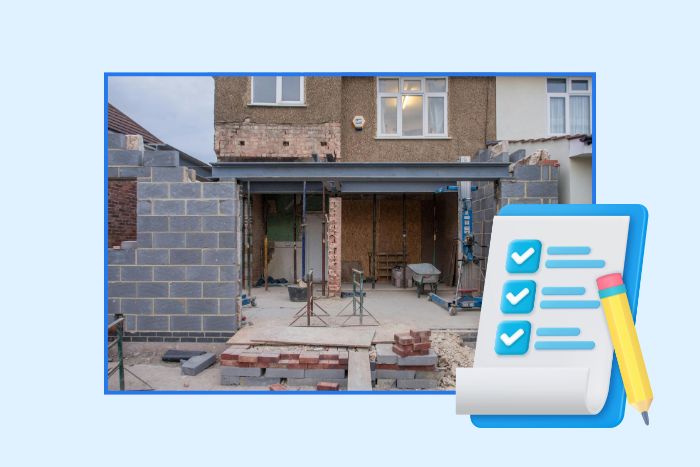Natural disasters have become part of human society, including earthquakes, landslides, floods, volcanic eruptions, hurricanes, blizzards, tsunamis, cyclones, wildfires, and others. These incidents usually have a devastating effect on society, and the New England Journal of Medicine estimates that around 217 million people have been affected each year since 1990, and the volume of natural disasters has tripled between 2000 and 2009 compared to 1980-1989.
After natural disasters, the mayhem left behind is often overwhelming for survivors and authorities. There is always the urgent need for shelter, food, and medical aid, and an area that could easily be overlooked is sanitation. The timely provision of clean and accessible toilet facilities becomes critical, and this is a point where the supply of portable toilets becomes crucial.
Why Portable toilets are required in disaster relief
1. Urgent and timely response and relief
Hours and days after a disaster, access to crucial sanitation is essential for preventing the spread of diseases. In this instance, portable toilets can be quickly dispatched to provide a respectable sanitary solution, especially in areas where existing infrastructure may have been destroyed or cannot function.
2. Ensuring cleanliness and Preventing pollution
Water contamination and the spread of infection are common in areas struck by disasters. This is where portable toilets powered with an effective waste management system play a crucial role in maintaining high hygienic standards. With portable toilets in these locations, you’d expect the contamination of water to be prevented, thereby reducing the risk of waterborne diseases.
3. Maintaining the human dignity of the survivors
The aftermath of a natural disaster leaves people striving for survival and holding onto limited supplies from government and charitable organisations. Regardless of this harsh reality, the survivors are still human and have dignity and self-worth that must be protected. The use of portable toilets in these locations offers a private and secure space for survivors to attend to their personal needs, Hence contributing to the restoration of the status quo amidst the disorder.
4. The flexibility of the mobile sanitary solutions
One of the critical benefits of portable toilets in disaster relief is their apparent mobility. These sanitary units can be quickly delivered to remote areas, ensuring that even the most isolated communities receive the necessary critical sanitation facilities.
5. Main amenity in the rehabilitation journey
Portable toilets can play a vital role in the recovery phase of the community. They provide a reliable solution and a great alternative while permanent sanitation infrastructure is being rebuilt. It ensures that basic human needs are catered to in the short to medium term, depending on the time required to restore the permanent facilities completely.
6. Strategic collaboration with aid and charitable institutions
Companies that supply portable toilets usually collaborate with charitable and aid organisations to provide relief efforts in areas struck by natural disasters. Both parties utilise their expertise in creating a cooperative and efficient response to disasters. Portable toilet suppliers ensure aid organisations can avoid being concerned about sanitary solutions or maintaining a hygienic area, which is critical for the uninterrupted supply of relief materials and supplies. Portable toilets are an essential foundation in the journey towards rebuilding shattered communities.




